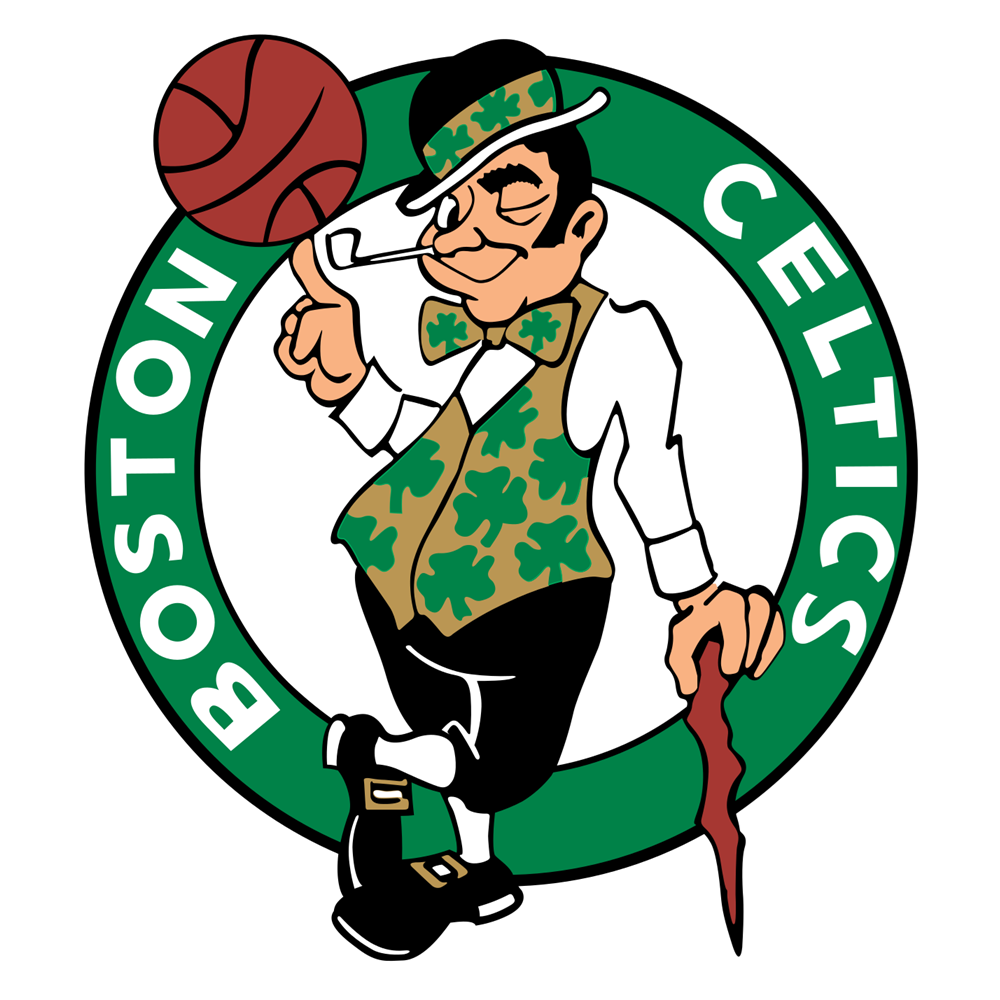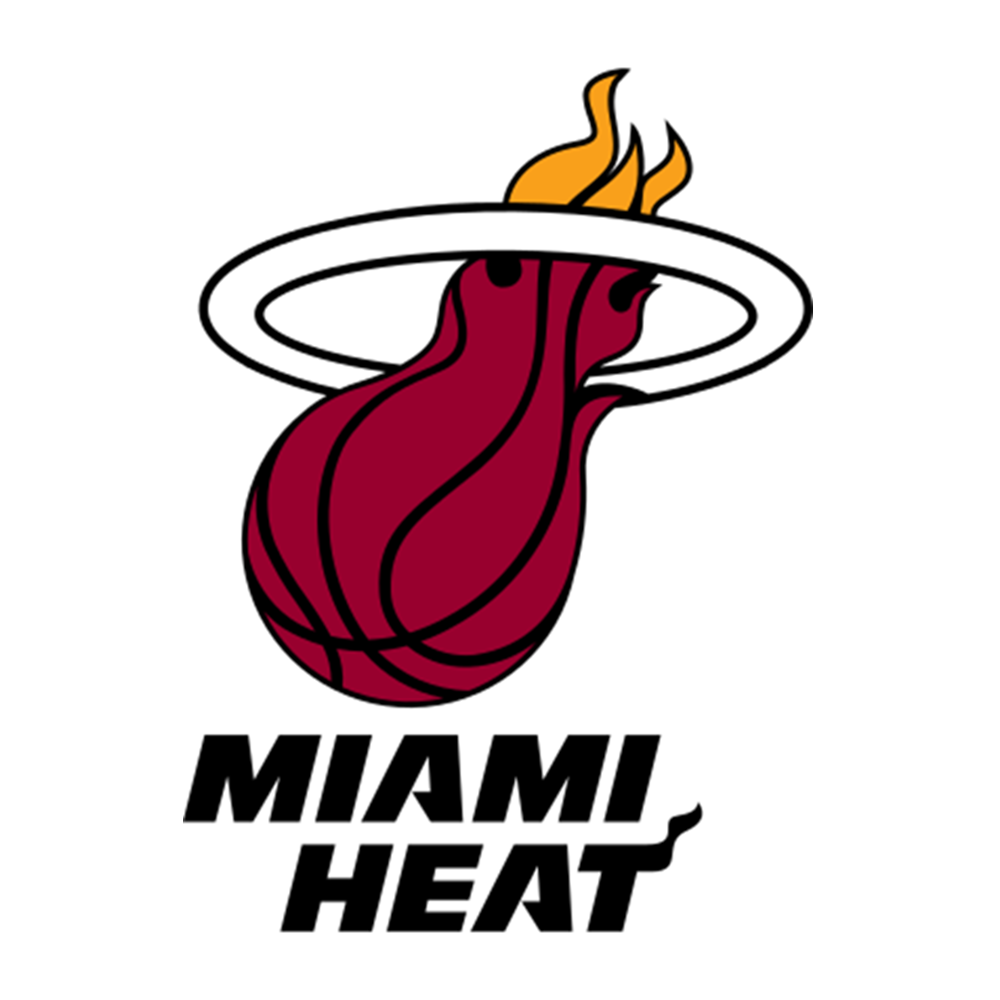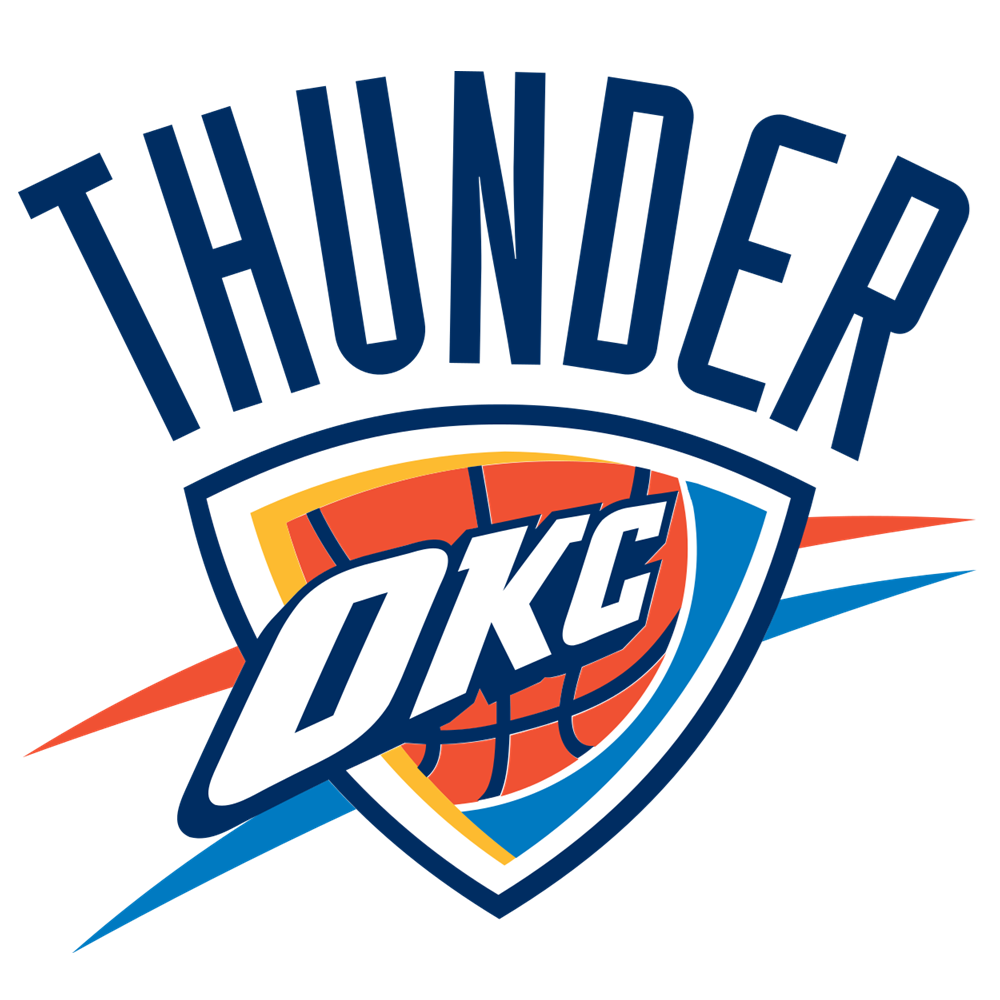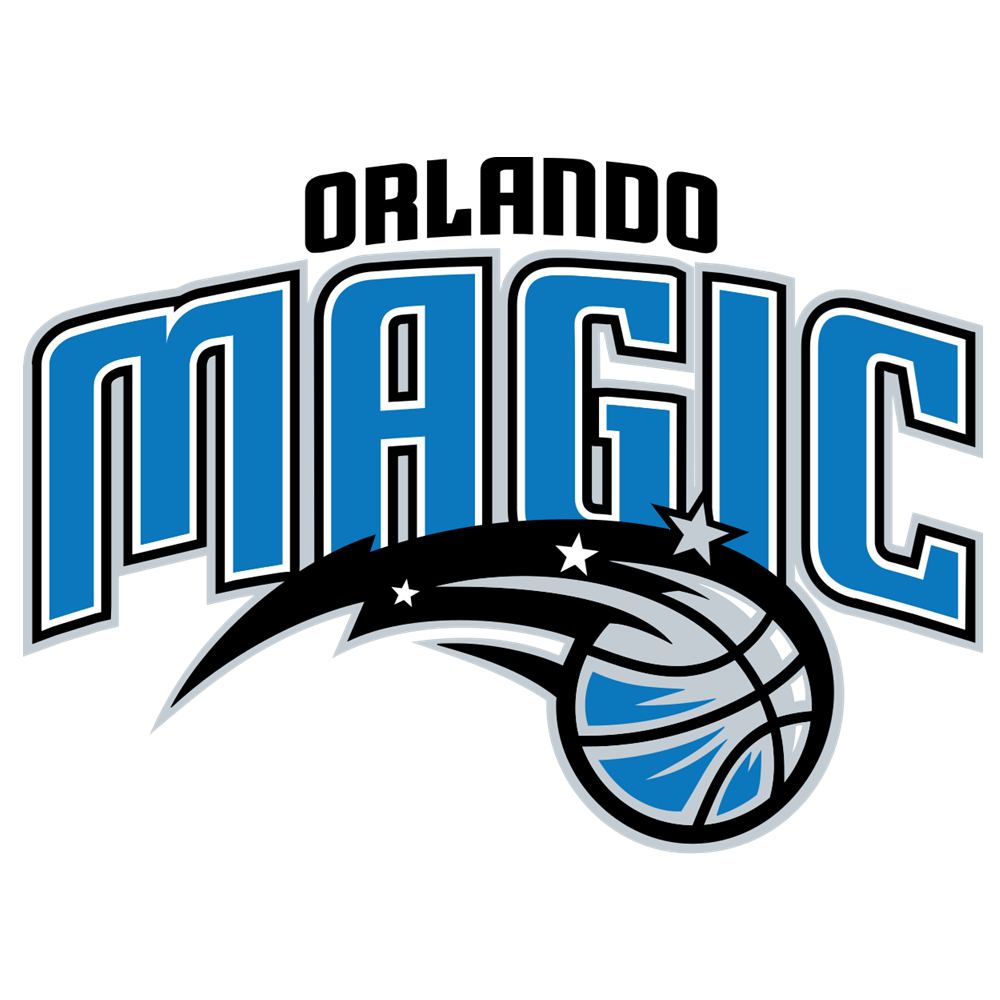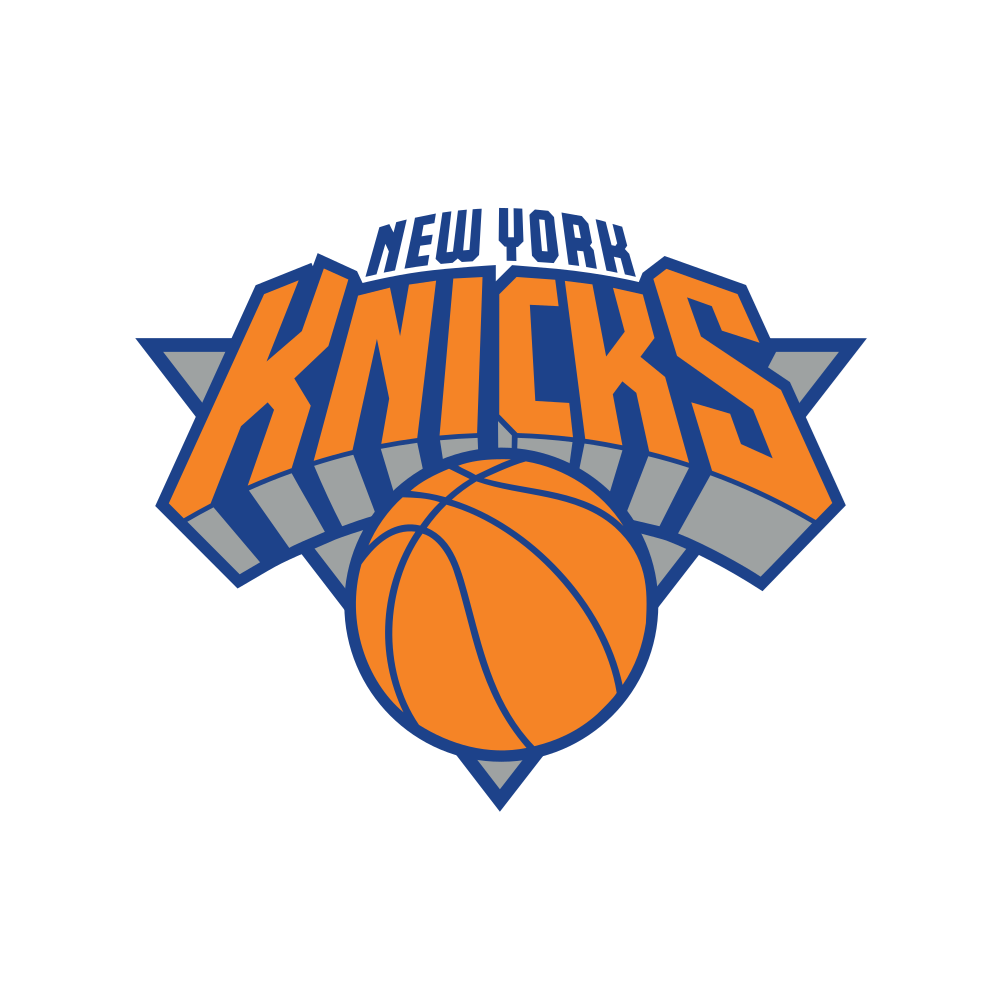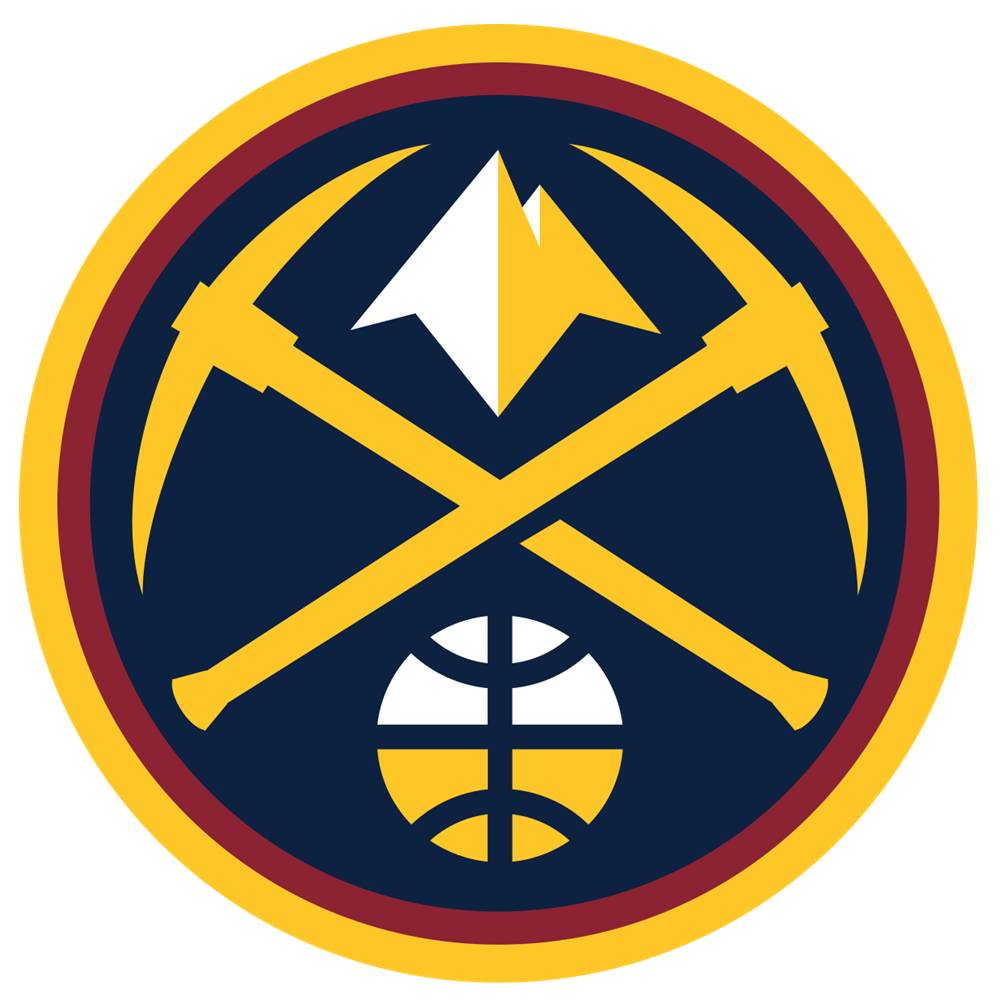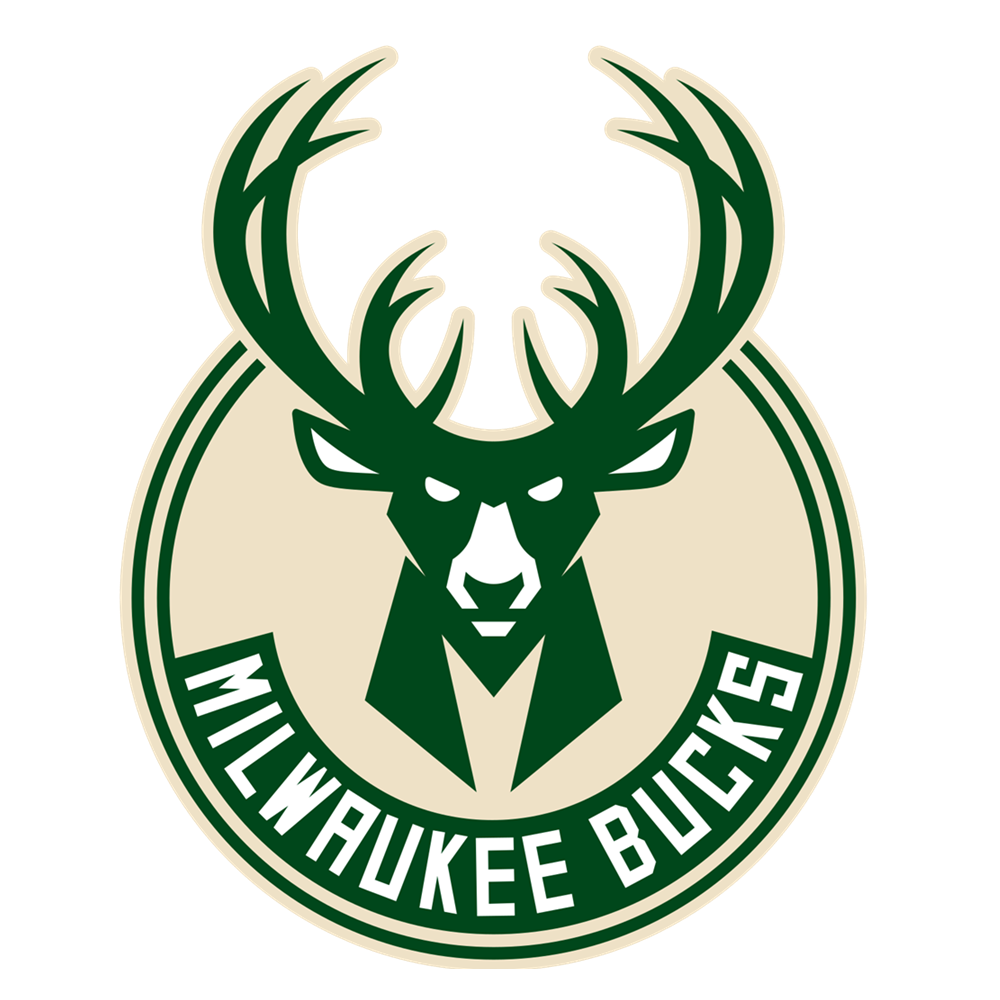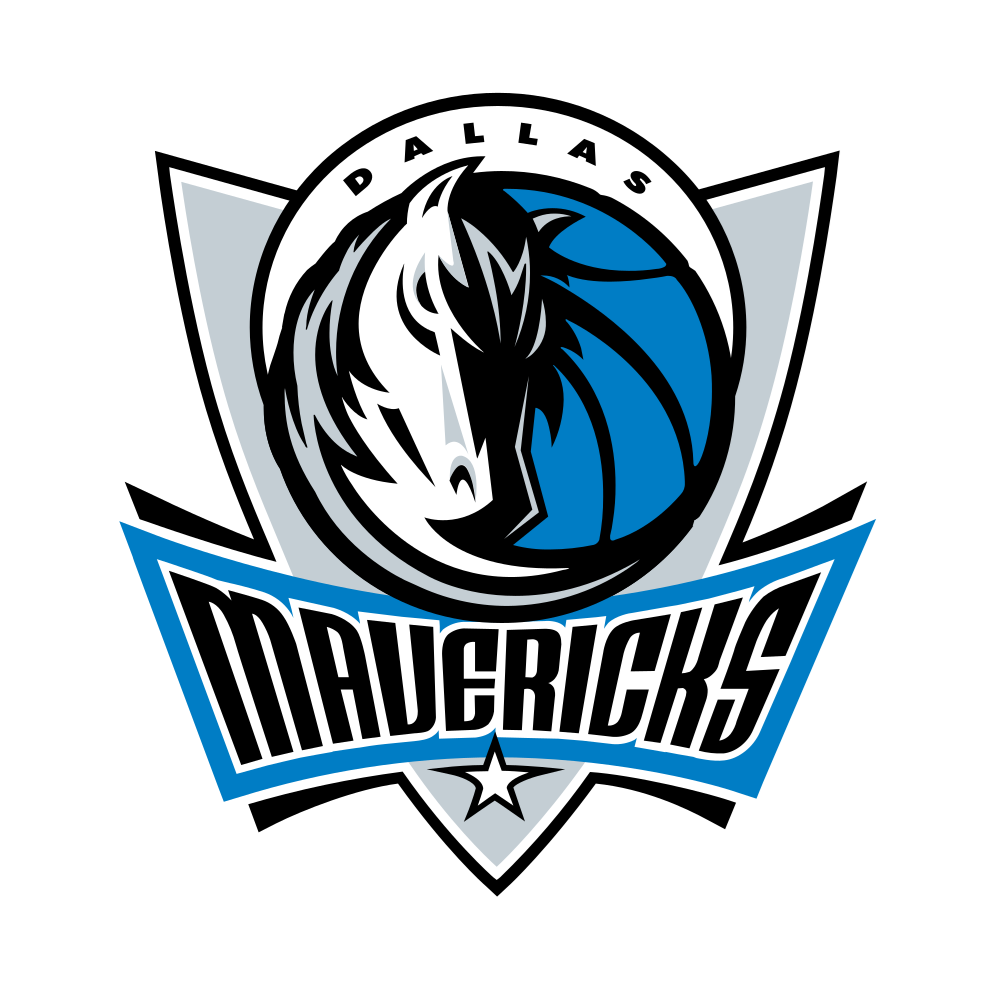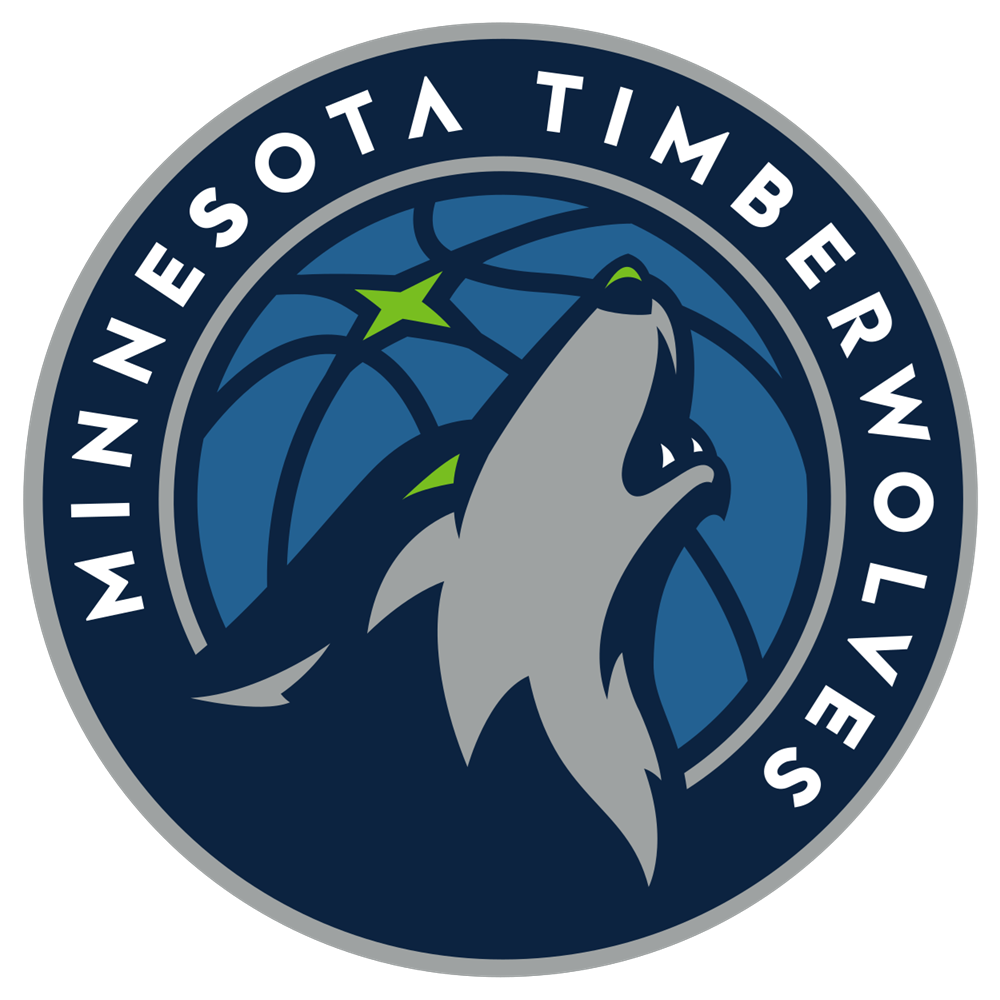When Al Horford entered the league, he did so with cachet, reputation, and a lofty billing.
Drafted 3rd overall in the 2007 NBA Draft by the Atlanta Hawks, Horford came to the NBA after a stand-out three-year career at a stand-out collegiate program. The previous season, his Florida Gators pulled off a feat not achieved since the Duke Blue Devils the 1991/92 season when they became only the eighth team ever to repeat as national champions. As the starting centre in both championship years, Horford had pride of place in that, recording averaged of 13.5 points, 9.5 rebounds, 2.2 assists and 1.8 blocks per game as a junior before declaring for the draft.
By virtue of his high level of exposure on a quality college program, every NBA team, executive and scout had gotten to see Horford. And they liked what they saw. The Hawks drafted Horford ahead of Mike Conley, Jeff Green and Horford's Gator frontcourt mates Joakim Noah and Corey Brewer.
As one of only four NBA All-Stars to come out of that draft, the pick has certainly been justified.
Horford arrived into the league as primarily a post player. On defence, he was poised, disciplined and had good timing. On offence, he had good footwork, soft touch, hook shots with both hands, a drop-step and a spin move. He could past out of the painted area well, as shown in the assist totals, and presented a target within it. Horford was certainly not an elite post-up threat and nor did he project as an elite one at the NBA level, but he was one.
What Horford did not have was much ability away from the paint on either end. However, as his career has developed and as his legs have aged, the new-era Horford has truly developed in this area.
As a rookie, two-thirds of Horford's shots (66.3%) came within 10 feet of the basket. Only late in his college career did Horford begin to shoot and make mid-range jump shots, and certainly nothing from any further out than that. This area of his game developed over the first few years of his NBA career to the point that it became a far more regular sight - 19.3% of Horford's field goal attempts came from between 16 feet and the three-point line in his first season, a number that swelled out to 37.0% in his Hawks days.
Now, however, that this number is down to a tiny 8.5% in 2017/18. Just as the post-up plays became mid-range jump shots - his inside-ten-feet field goal attempt rate is now at only 48.4%, less than half of that rookie year number - the mid-range jump shots have now become three-pointers. A player who did not take more than 11 three-pointers in his first seven seasons has now taken 626 of them over the last two and a half year, with the outside shot now accounting for 31.4% of his total shot attempts.
To put that into some context, C.J. McCollum of the Portland Trail Blazers, a 20 point per game scoring guard and noted shooter, has a three-point rate of 31.8%. Jeremy Lamb is at 29.6%. Horford today is shooting more than shooters, and, with a 42.4% success rate that ranks tenth in the league, perhaps he should be shooting even more.
This is not unprecedented in the modern NBA. Blake Griffin of the L.A. Clippers is one prominent example of an interior player - and, in his case, a powerful interior player - significantly developing his skills away from the basket to adapt to the pace-and-space nature of the modern NBA, and also to add longevity to his career for when the athleticism that had come to define him waned. Yet even in doing what he has done, Griffin has not developed in the way and to the extent that Horford has.
Horford's move to the perimeter has incorporated more than just the three-point shooting. His assist rate has spiked from the 7.9% it was as a rookie to a giant 26.3% that it is today, and this improvement comes from all areas. Horford is a much improved driver of the ball to both shoot and pass, a much improved roll man who can also kick out if needs be, and a newly-excellent top-of-the-arc passer who can find spot-up shooters and cutters with equal ease.
Moreover, the reimagining of Horford's game has also transpired defensively. Whereas once he was a sneaky-good interior defender who deflected, positioned and challenged without the blocked shots or intimidation factor of some of his more noisy peers, Horford is now fully prepared to defend fellow perimeter bigs and switch onto guards, without losing much speed and any of the good hands which made him such a nuisance in the mid-range and low-post areas previously.
The trade-off of the declining athleticism and the focus on playing a more perimeter orientated game on both ends has been a big decline in his rebounding numbers. The 18.0% total rebounding percentage of Horford's youth is now down to 13.1% today, itself a small rally and a three-year high after dipping as low as 11.8% last season. But this is a price worth paying for Horford becoming the player he has now become.
Big guys moving to the perimeter more often as that age is relatively normal. But interior players become all-around players who have no weaknesses in their game is not normal. At this point, without having explosion, big scoring nights or any one dominant aspect to his game, Horford has rounded out his skill set to the point that he is a star role player, the perfect accompaniment to....well, anybody.
Al Horford entered the league with one kind of reputation, and will leave it with quite another one entirely.
-
When Robert Covington entered the league, barely anyone noticed.
Undrafted out of Tennessee Tech back in 2013, Covington was invited to summer league and signed to a minimum salary contract with the Houston Rockets, who had no draft picks below #34 in that draft and who had opted to use that one on Isaiah Canaan. The Rockets gave $150,000 in guaranteed money to Covington in the first year of his minimum salary contract, more than players in such situations usually get and an endorsement of what they saw in him. Nevertheless, undrafted and playing for his job, Covington was overlooked straight out of the gate.
Covington made it through a whole first season with the Rockets, spending the majority of it on assignment to their D-League affiliate Rio Grande Valley Vipers. However, he was the final cut in the following year’s training camp, losing his spot to 2014 second round pick Nick Johnson, 2014 undrafted rookie big Tarik Black and returning veteran Joey Dorsey as the Rockets opted to stack the post in a way they would never do today, as well as giving spots to veterans Jason Terry and Francisco Garcia.
Days later came the salvation. Philadelphia subsequently signed him to a four-year minimum salary contract, and quickly made him a starter, a position he has subsequently maintained. The four-year nature of his contract with the Sixers kept his price hugely below market value for the duration – there is a reason the Player’s Association now strongly advises agents not to take three- and four-year minimum deals for their players – yet after renegotiating and extending the deal earlier this season, the 76ers now have Covington tied in for $63,577,230 over the next five seasons, this one included. That is an average of a shade over $12.7 million a year, or what is roughly now average NBA starter money, for a player who has become more than that to his team.
And all along the way, they have been able to continue the development of Covington as a player that Houston had begun.
The tallest player on Tennessee State’s roster as a freshman, then subsequently tied with the stronger, more post-orientated M.J. Rhett in his final three seasons as the only rotation players with any size, Covington played as a de facto big man throughout his collegiate career. This is not to say he was ever a post-up banger – Covington has never been that player, and with his physical profile, nor should he. Rather, Covington was a face-up four who did shoot his share of jump shots yet who also got paint touches, crashed the glass, and defended more regularly on the interior.
However, Houston – and, subsequently, Philadelphia - targeted Covington to be a slightly different player to that. Rather than be a face-up four man, even knowing how the league had already begun to trend towards those at that time, both teams looked upon Covington as a future NBA small forward. To become one would require plenty of skills development, and a lot of time in the film room to learn how to defend a position he had barely any experience at at any level of basketball, let alone the top one. But first Houston and then Philadelphia gave him that chance, and signed Covington to long term contracts to give themselves a chance to develop him.
It is perhaps of note here that Sam Hinkie, then the Philadelphia 76ers General Manager who signed Covington to his team, had previously been the Vice President of the Rockets under Daryl Morey, and had switched teams only a month or so before Covington officially signed. Morey and Hinkie saw the same thing, but one of them wanted it more.
As a player today, Covington is an NBA small forward, and a good one. The transition such as it was has been a very successful one. Covington is one of the better defenders of the wing in the league,
Even now, five years into his career and pretty much entering his prime at age 27, the developments continue. Thus far this season, Covington is shooting 42.3% from the field, the best mark of his career and the first time he has shot greater than 40% in any season (save for the 14 shot anomaly of his rookie season). He is doing so via an improved three-point stroke, shooting 39.2% from three-point range this year, another career best that greatly improves upon his 33.2% shooting last year as well as up from his career 36.0% mark.
Covington is doing so via changing his mechanics. The slightly slow release that was his collegiate form has been sped up and straightened up, sacrificing motion for rhythm in a way that all shooters should. His three-point stroke is now a high volume, high efficiency weapon, and one of the best in the game, especially at his position.
The improvements lie in more than just the shot, though. Handling the ball more assuredly than in his younger days, Covington is less easy to strip and less prone to losing the ball on the rare occasions he drives into traffic, and, save for an uptick this year in his throwing of bad passes (having a great passer on the move like Ben Simmons can subconsciously convince everyone else to try and do the same), he is less turnover prone as a result.
Defensively is where improvements perhaps are most obvious. To switch positions from the college four (or, often, the five) to the three means learning a lot of nuance, especially when simultaneously moving up a few levels from mid-major to the world’s best league. And those improvements have been made. Covington’s footwork, reads and anticipation are all much developed at this point in his career versus where he was back in that first summer league.
As with Horford above, players becoming better outside shooters as they age is normal enough. But players changing positions and become exceptional role players at the new one is not. Having veteran status in the NBA does not prohibit developing further as a player, and nor should it. Players rarely significantly change their style of play significantly once into the league, but it can be done, and in tonight's game, we will see two of the better contemporary examples of that at once.
Robert Covington entered the league with no kind of reputation, and yet will he leave it with a damn fine one.
